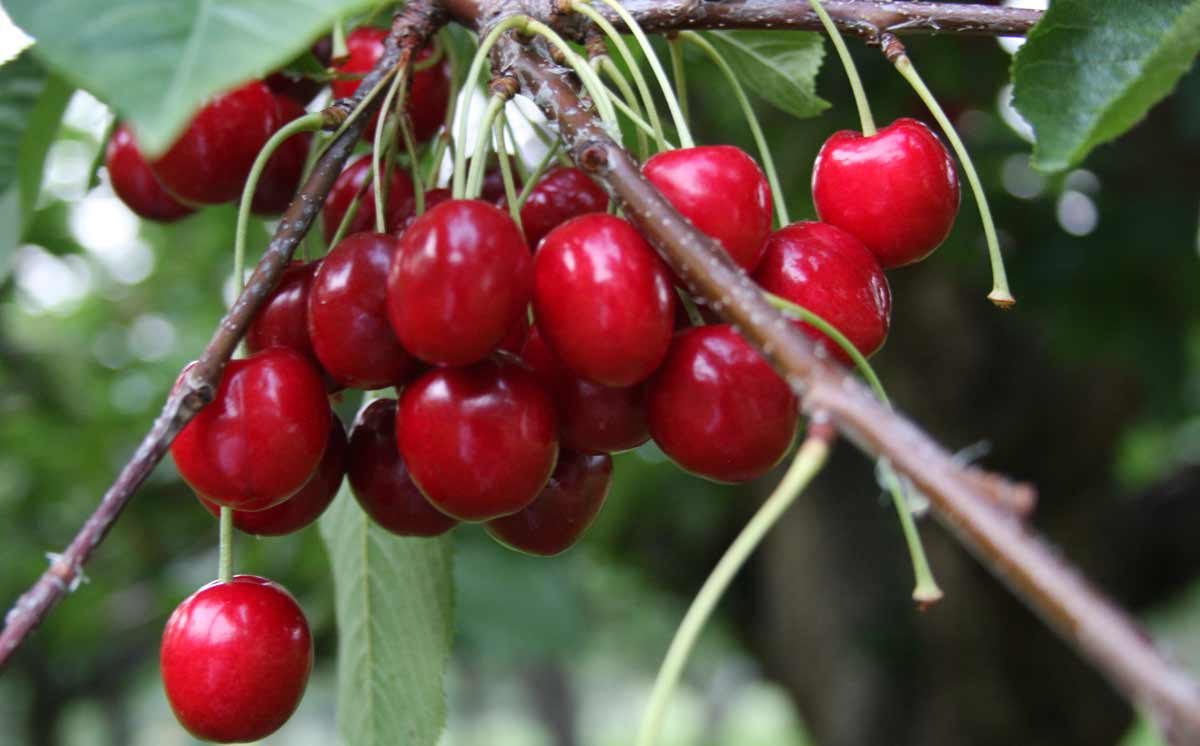
How to Get GAP Certified in Montana
How to Get GAP Certified in Montana and what are the benefits?
When I was a kid, we never wondered where our food came from, if we didn’t grow it, we bought it and back then there was only one option and most of the time it was only available once a year! Now we not only want to know where our food comes from but also how it was handled, is it safe, is it organic, is it naturally raised, does it have added hormones, its it GMO.. (trust me I can go on.. but lets get back on point). The GAP program was created to help consumers know and trust the farms responsible for safely growing and handling the produce. Right on their web page you can search all the certified farms.
Now, let me back up, most all of our clients who participate in GAP are associated or members of the Flathead Lake Cherry Growers Association. FLCG is partnered with Monson Fruit Company out of Washington. Monson Fruit aids and requires each grower member of the FLCG participate in GAP. They provide a kickstart guide as well as a pre-audit officer to aid them in the program. To learn more about the Flathead Lake Cherry Growers Association please visit their webpage. MTOS is a continuous advocate and supporter of the association.
Good Agricultural Practices is a program held by the USDA and can be completed and followed on your own. I believe, your first year you will go through a complete audit, after that it depends on the crop. I have to say FLCG/Monson make it easy, participating in GAP can be a intimidating program. However, once you learn the ropes and understand what is required and how find the information it becomes second nature. Just navigate to the link to start the process, or give us a call and we can help too.
There are more than a few things that you’ll need to do to qualify for GAP, one of them includes gaining a certificate from Food Safety, by following the FSMA rule. We have a local trainer Andrea, that usually offer a minimum of 2 classes each winter. Going through their Food Safety course is a super cheep way to continue your education and learn some tips and tricks on how to ensure the food you are growing and selling holds up to the national standards. (Even if you aren’t going to participate in GAP, the Food Safety Ruel has top notch guidelines that are very simple and easy to follow.)
I think most intimidating things in the GAP program are: chemical applications and records, soil erosion plan, water tests, worker protection standards/practices, worker training and posting information guidelines, everything else is records, records, records.. If you are a family farm there are a few things you will be exempt from, specifically the worker protection standards, GAP will kind of point to the Department of Agriculture to cover those not specifically listed in the GAP. They also do the same when it comes to Spray Application records and posting requirements. Don’t get me wrong GAP does have it’s guidelines, but so does the US Department of Agriculture.
Since we’ve been doing this a while some times it hard to remember which rule/guideline comes from which agency! But that’s why we are here, to help you navigate though it all, dot every i and cross every t.